Hyacinths plant care and growing tips to follow: advice for this fragrant favorite
Everything you need to know about growing hyacinths to create beautiful fragrant displays inside and out


Hyacinths are the ultimate spring bulbs, offering large flower spikes jam-packed with colorful petals and a delicious scent, early in the spring season. We usually plant their bulbs in autumn, but potted hyacinths are available throughout late winter and early spring in garden centers. Hyacinths generally appear after daffodils, but before the tulips have hit their stride, so they’re brilliant for keeping the color party going.
We often think of hyacinths in classic pinks and blues, but there are unusual colors too – like yellow, and dramatic near-black shades for a real statement look. You could use several different pastel colors together for a candy-colored scheme. Or ring the changes with a contemporary look, like black hyacinths with early tulips such as ‘Orange Emperor’.
Think about how and when to plant hyacinth bulbs as part of an outdoor display or in individual pots to bring long-lasting color inside. They have the added bonus of a stunning perfume, so plant them where you can get a gorgeous hit of scent such as in a front garden window box or indoors on the dining room table.
Learn how to grow hyacinths successfully in any area
When it comes to planting bulbs for spring color, hyacinths can be planted outdoors in garden borders, pots or raised beds, in full sun or partial shade, in well-drained soil.
Indoors, hyacinths do well in pots, bowls or glass jars and can be planted outside once they've finished flowering.
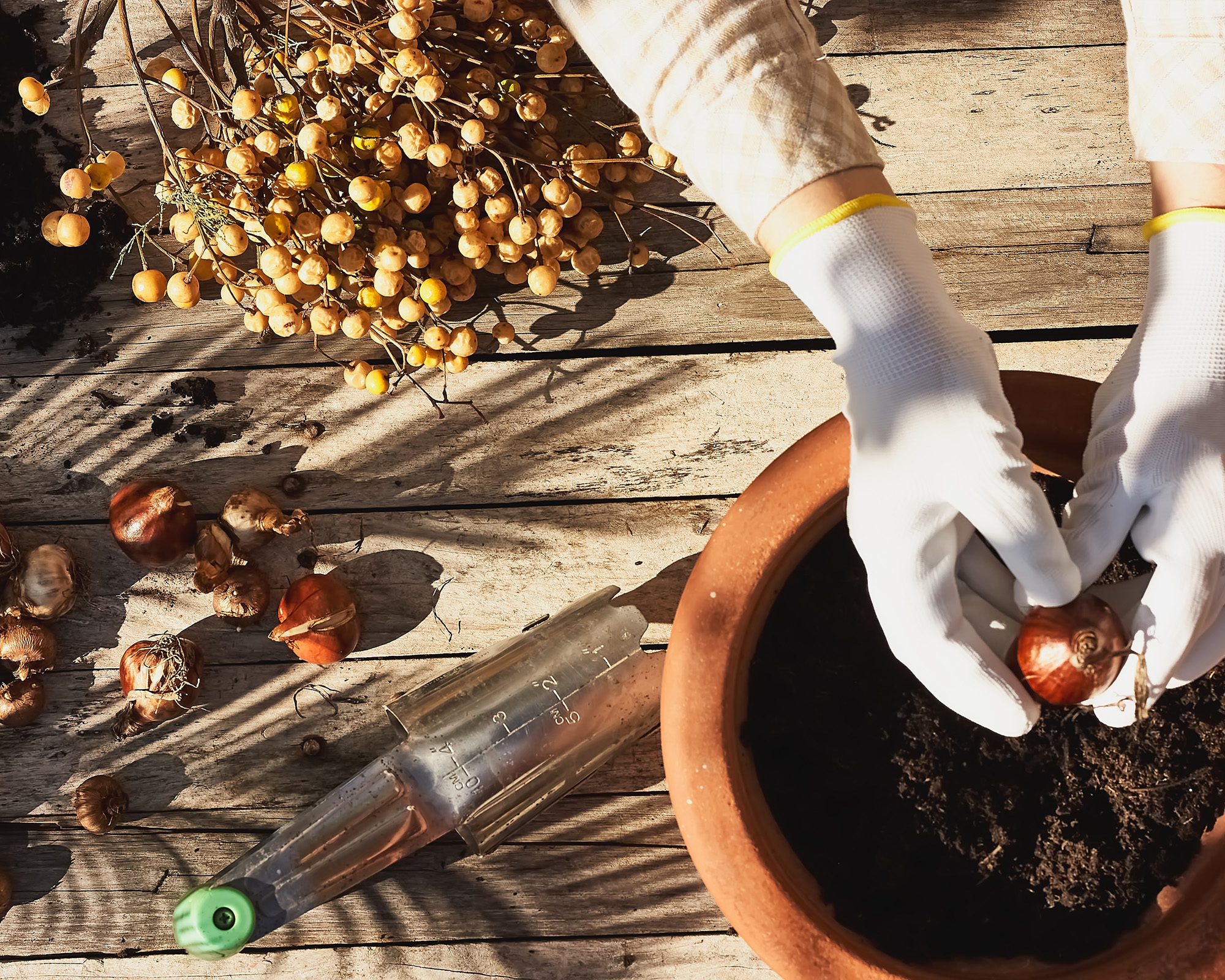
Growing and caring for hyacinths indoors
Hyacinths make some of the best indoor plants. They do well in pots or bowls when planted in bulb fibre or peat-free multipurpose compost. Or you can use special hyacinth glasses. These are available in a range of colors and shapes. They are particularly spectacular as the the network of roots is visible as an added feature.
Growing and caring for hyacinths outdoors
A fairly fuss-free plant, hyacinths will do well in full sun or partial shade. Though they favor well-drained soil. Try planting them together in bold groups, rather than dotted about singly throughout your garden.
If you're thinking of how to grow hyacinths as container grown bulbs, place them in pots or try adding them to your window box ideas. They will need a decent peat free compost to grow in.
Pack them into a pot in groups on their own, or combine with other spring bedding plants. If you're going for some of the more tender varieties, you will need to consider how to protect bulbs from frost.
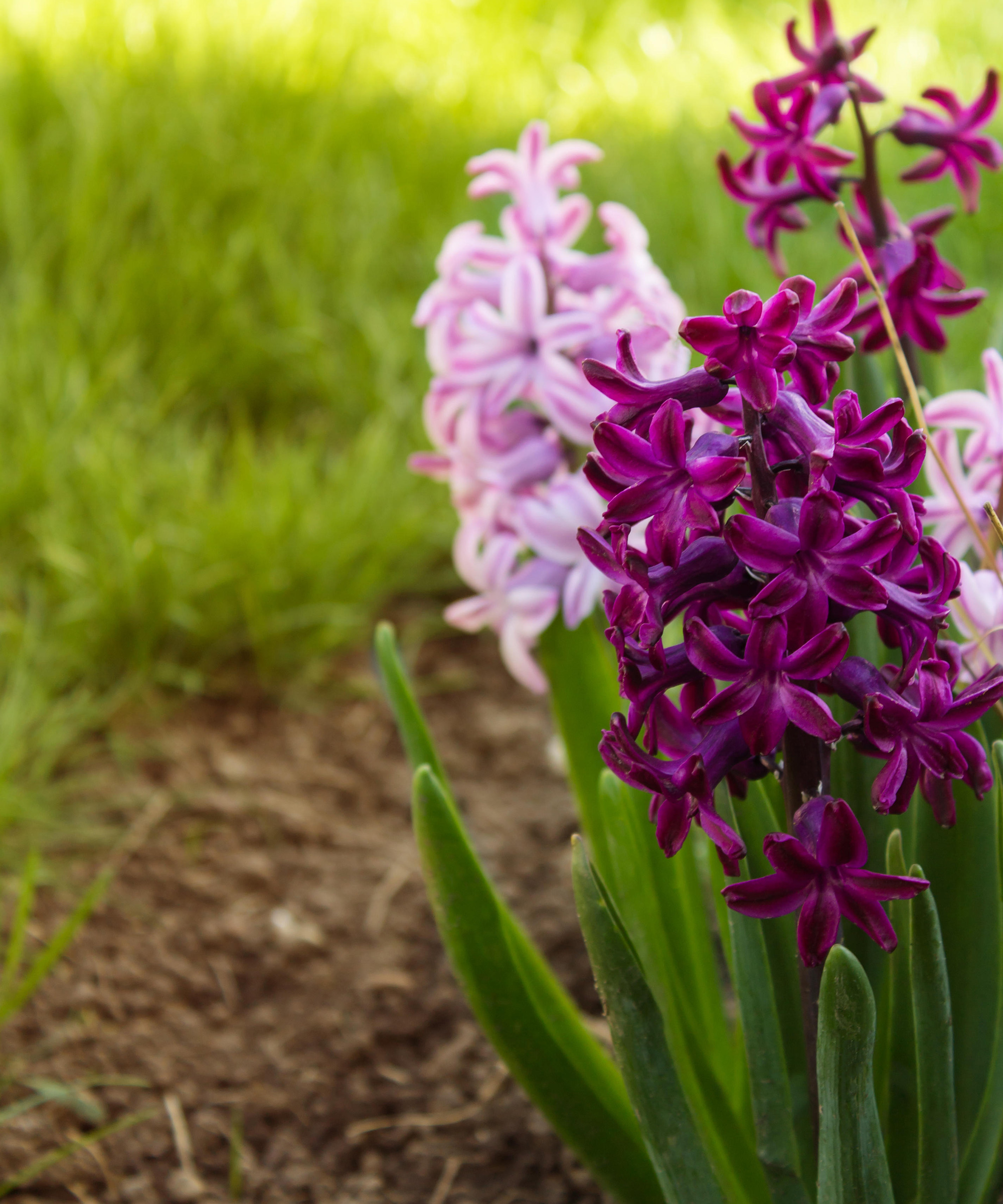
What time of year is best for growing hyacinths?
Indoors
If you want your hyacinths to flower indoors during December or January so they can be used as one of the best Christmas plants for a festive display, you'll need to learn how to force bulbs indoors. This involves bulbs being kept at low temperatures to trick them into thinking that it's winter. They will then start to grow earlier than they would do outside. You'll need to start them inside in August or September.
Outdoors
Alternatively, hyacinths can be grown outside as part of your spring garden ideas. Just as with when to plant tulips and daffodils, your spring flowering hyacinths need to be in the ground during autumn. Around October and November is ideal but no later. Water them well to get them established and keep watering during dry spells.
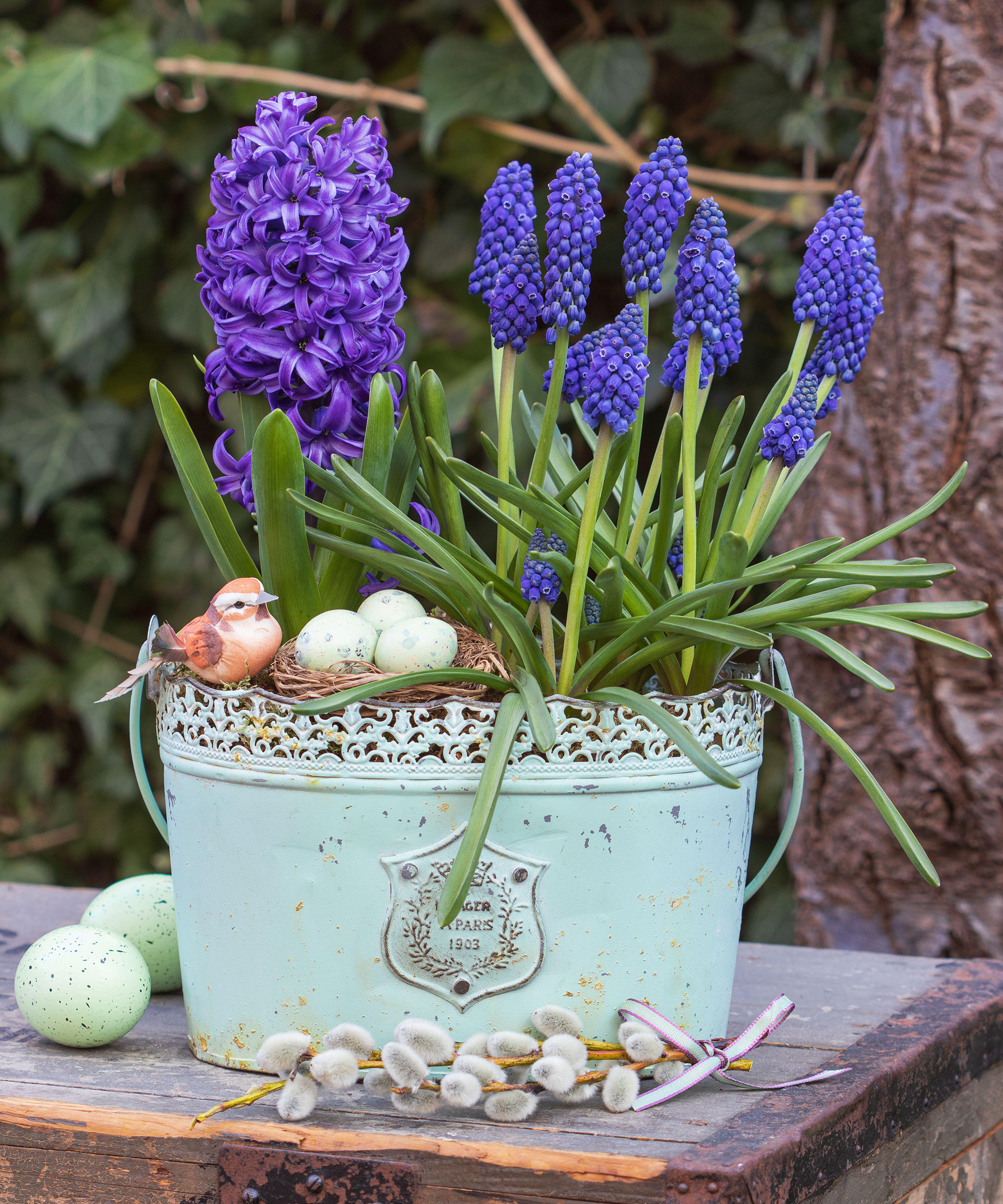
How to care for hyacinths
Indoors
Hyacinths are one of the best indoor plants. When the hyacinths begin flowering inside, turn their containers from time to time. Push twiggy sticks into the soil to support the heavy blooms and stop them from toppling over. If the blooms get too top-heavy, move them into a cooler spot for a while, where they should firm up.
Outdoors
In early spring, think about how to get rid of weeds by hoeing carefully between the sprouting hyacinths to remove any which might have sprung up. Otherwise the weeds will compete with the bulbs for valuable resources like sunlight and air. They can also transmit disease to your bulbs.
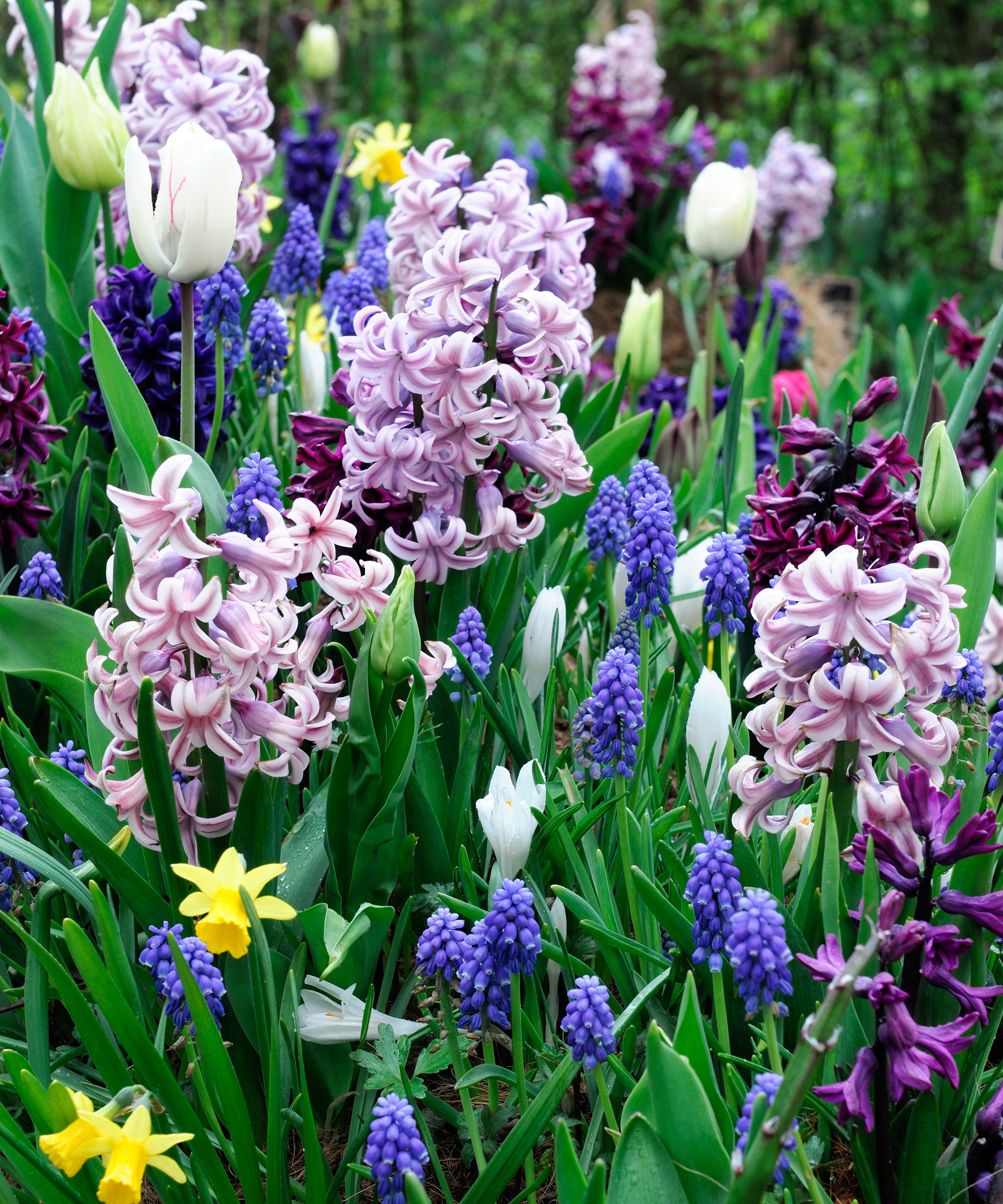
Common problems with hyacinths
Indoors
If you're growing hyacinths as indoor plant ideas look out for Botrytis (grey mould). It appears on foliage and is a result of too much water. To avoid this then be sure not to overwater indoors. Check the soil with a finger to check it's dry before adding more water
There's also Basal rot. Check for this by seeing whether the base of the bulb is sound by pressing your thumb against the base. For indoor bulbs the base will be above the soil. If it’s firm, that’s good, if it’s soft, you should discard the bulb. Guard against this by buying bulbs from a reputable source and keep them in a cool place like a shed until you’re ready to plant them out.
Outdoors
Slugs may snack on outdoor hyacinth leaves in spring, so keep an eye out for the little blighters and remove them. A good method for how to get rid of slugs is to put grit and organic slug pellets around the plants.

What to plant with hyacinths
For a natural, woodland effect, intersperse groups of hyacinths with other bulbs. For example, try to plant daffodils which flower around the same time. Miniature daffodils, such as ‘Minnow’ and ‘Tête-à a-tête’ won’t overwhelm them size-wise. Try also daisy-like anemone blanda for a striking contrast of form with the hyacinths, and a carpeting effect between the groups.
Or you could plant them with some of the early flowering types of tulips, which come up at the end of March or early April. Reliable varieties are ‘Spring Green’ (white and green), with pastel shades like ‘Apricot Emperor’, or ‘Candy Prince.’ They also look good interspersed with muscari (grape hyacinths), which look like miniature versions of hyacinths.
If you want a more formal ‘bedding scheme’ effect, plant out spring bedding like violas, polyanthus or myosotis (forget-me-nots) at regular intervals – space them out a trowel’s length apart, leaving space for the bulbs. Plant the hyacinths in between the plants.
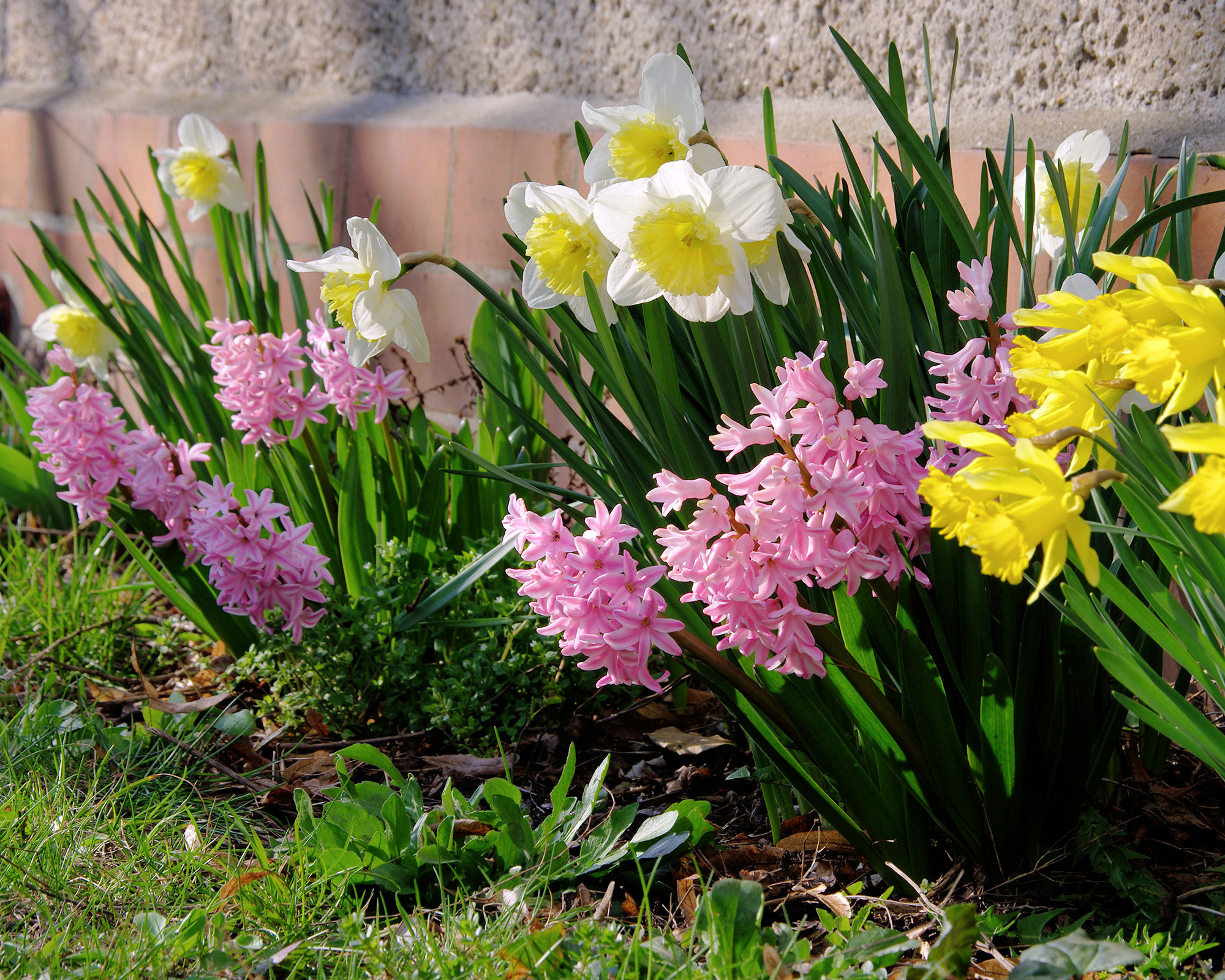
What do you do with hyacinths after they bloom?
Potted bulbs can’t be used again indoors, and may take a couple of years to come back into flower outside. After the flowers have faded, deadhead them by cutting off the central stem. Put the plants in a cooler place, continuing to feed and water until foliage becomes yellow and dies down. The dying leaves will feed the bulbs and you can then plant them in the garden next autumn.
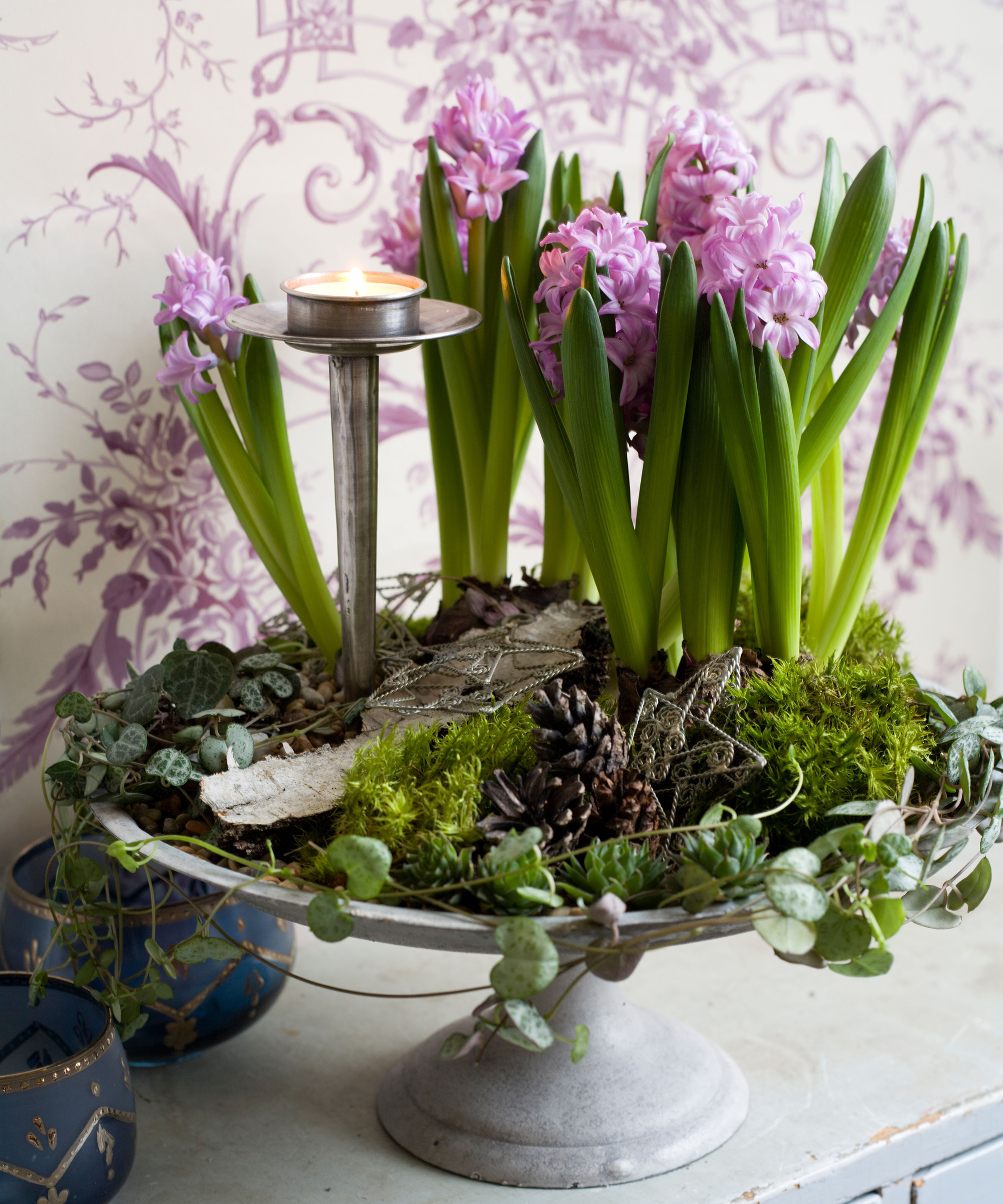
Where does hyacinth grow best?
Plant hyacinths at the front of your flowerbed ideas, in gaps among garden shrubs and perennials. Choose colors that complement your main spring-flowering shrubs and perennials, either pastels, like ‘Fondant’ or dark colors, like ‘Woodstock’.
Make sure to plant them where you can see – and smell them – from the house, so you’ll be able to appreciate them, even on a cold spring days when you aren’t venturing far into the garden.
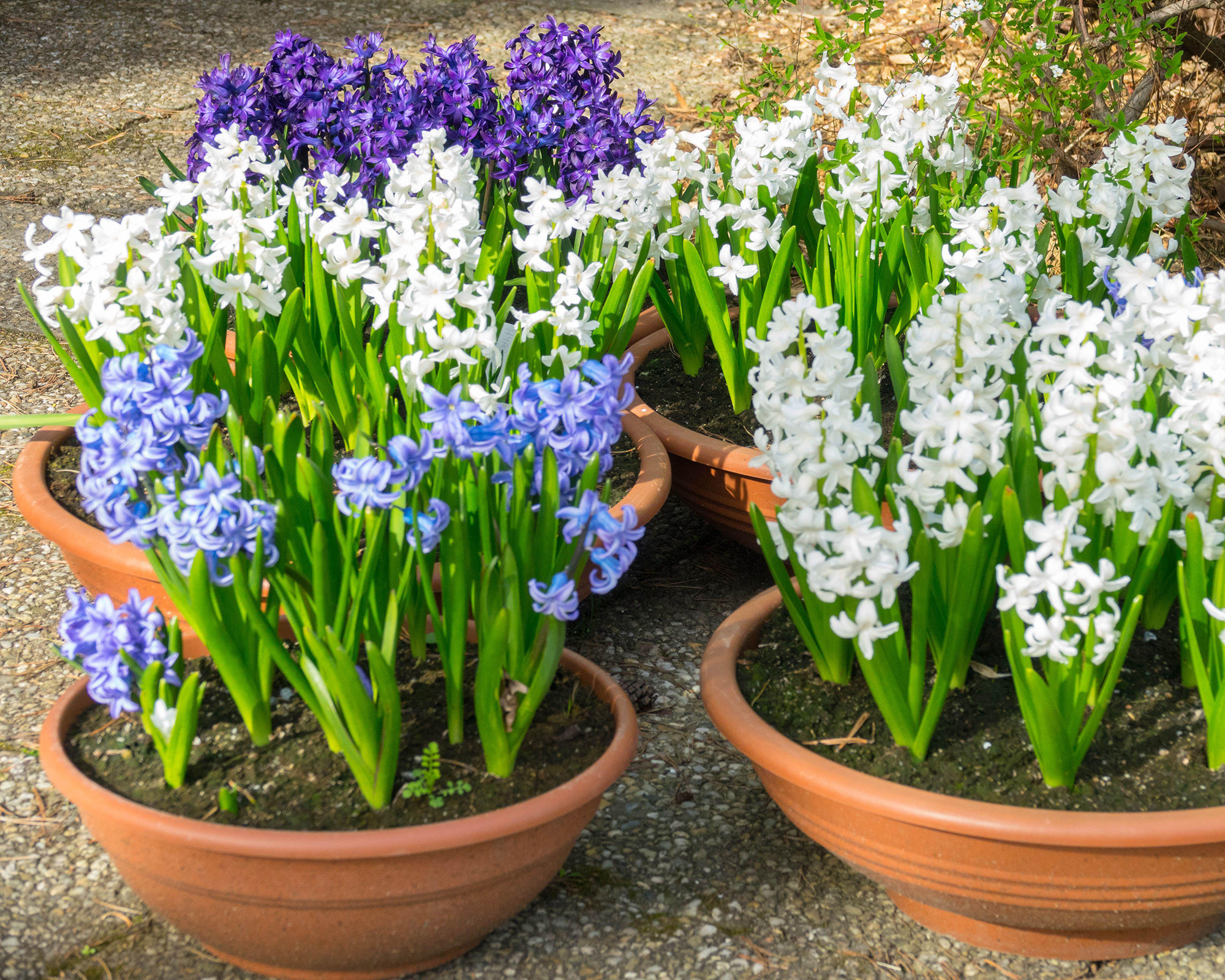
Are hyacinths easy to grow?
Like lots of spring bulbs, hyacinths are fairly low maintenance, as long as they are planted in their favored conditions of well drained soil, in sun or partial shade. A common problem is squirrels stealing bulbs once they've been planted so taking the extra step to cover your soil with chicken wire will help save them. There's more tips on how to get rid of squirrels from the garden in our guide too.
Other than initial watering and keeping soil moist during dry spells there is very little maintenance required for hyacinth bulbs outdoors.

Geraldine is a gardener and garden writer, who has worked for over 12 years in historic public gardens and private gardens around London. She has written articles for Easy Gardens, Which? Gardening and Women’s Weekly Gardening Special magazines and for gardeningetc.com. She also edited the book ‘Britain’s Favourite Plants’ for the RHS.
